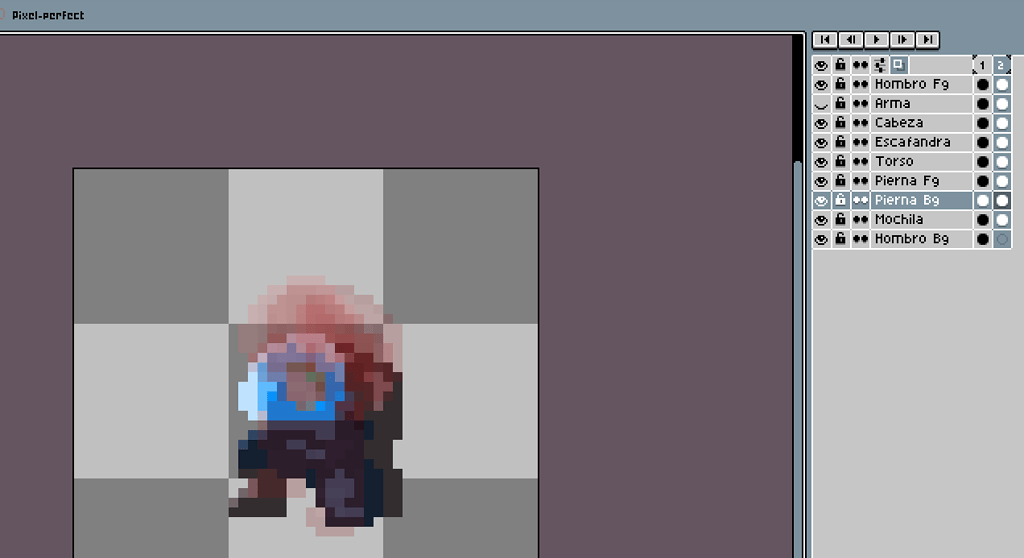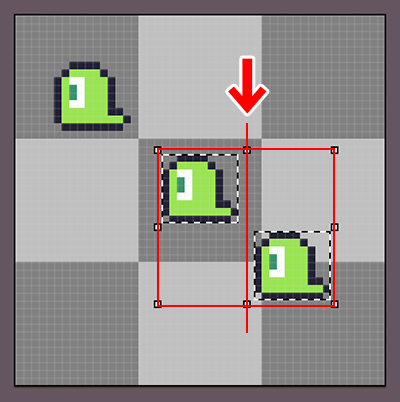

ASEPRITE FLIP HOW TO
There are two questions to answer when deciding how to build your art. Once you‘ve found a tool you can begin making animations. Your life will be much easier if you check out my tutorial on the Aseprite Workflow Tutorial. I recommend using Aseprite ( pronounced “ace-prite” ) for pixel art animations. Building the Artīefore you make too much art you should find a pixel art tool that you like. The rest of this article will explain how you can replicate this workflow for your project and why it’s a good idea. I’ll provide links to other good tutorials as I explain this workflow. If none of those pictures make sense, that’s ok. The BlendType is 2D Freeform Catesian but we could use any of the 2D types. We define the facing using two parameters, FaceX and FaceY. The blend tree inside each of our hero states.


Mirrored swing animation in Zelda: Link to the PastĬreating all the art for so many animations is a feat in and of itself, so evaluate the scope of your animation requirements before doing a top down game. You can see an example of how our character looks moving through all of her animations here. When I say “top down” I mean a slightly angled down camera view such as Diablo, or SNES RPGs such as Secret of Mana. In “top down” games it’s much harder to handle the animation because it’s not possible to just flip or rotate the character to cover all directions. This makes handling animation very easy, because you only have to animate one direction fully and mirror it along the Y axis in script when the character changes direction.

In side-scrollers, characters always either face left, or right. I link to related tutorials as needed, but it’s good to know the basics about Spritesheets, Animation Clips, Mechanim, and Blend Trees before reading. Some of our process is unique to pixel art, but not all of it. This post is mainly intended for engineers, but it could also be useful to artists who want to know how it works under the hood. I will explain the workflow that we’ve developed over several months and continue to improve as we move into production on Sparklite. So we thought we’d share how we are doing it. In Sparklite our hero can move, face, and attack in eight different directions, but thanks to our workflow and custom tools, creating new animations and updating existing ones is painless. There’s plenty of information on making side scrollers and platformers in Unity, but it’s hard to find much about top down games such as Zelda: A Link to the Past - games where your character can face and attack in multiple directions.


 0 kommentar(er)
0 kommentar(er)
